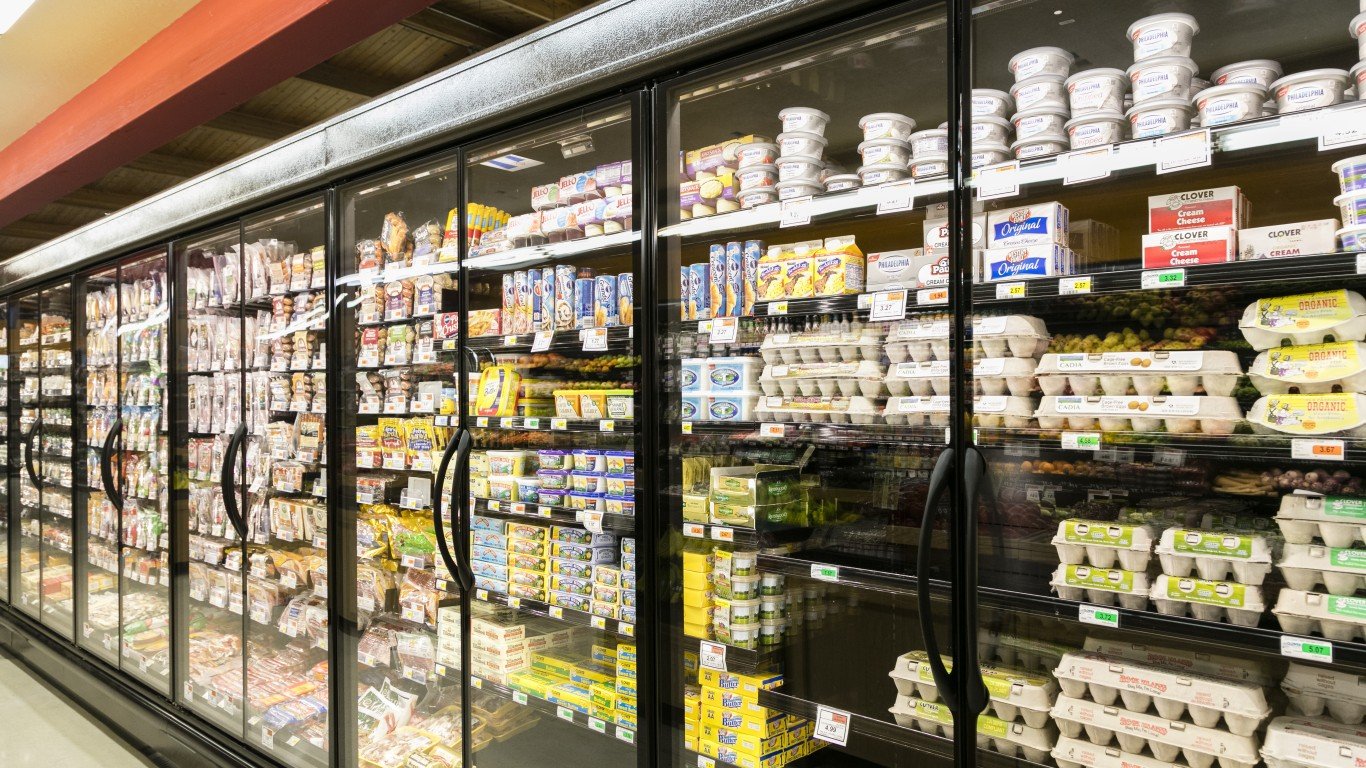

There is a widely held theory, developed only recently, that the upward pace of inflation has begun to slow. The producer price index was up only 8.8% last month. While that is a slight improvement, the number is still higher than it has been for a decade. And it could rise into the double digits again. From supply chain problems that have not been solved to high diesel fuel to possible geopolitical disasters, price increases could surge well above what they were earlier this year.
[in-text-ad]
The inflation rate was close to 10%, and there was a concern at midyear that this might move to 12% or higher. In the United States, that has not been the case. However, in Europe, the problem has worsened. The United Kingdom just posted an inflation rate of 11.1%, which is a 41-year high. The prices of energy and fuel were the primary culprits.
Americans will not be spared these problems. While fuel prices have dropped, OPEC+ has lowered production, among other things, to make more money per barrel. And sanctions against Russia could further cut its oil production and raise its prices, partly because it wants to pressure NATO to stay out of its war with Ukraine. Additionally, U.S. oil companies have said they have had almost no incentive to increase exploration. Even if they did so now, it could take years for this to yield large production increases.
Food prices in the United States have continued to stay high. For staples like butter and eggs, prices increase by double-digit percentages.
Food transportation remains a major problem. This is partly because waterways used to move food have been hit by dry spells that have dropped water levels to where they cannot be used for commercial transportation. For food and other products that must be transported by truck, diesel prices are near all-time highs, and there are also shortages.
Thank you for reading! Have some feedback for us?
Contact the 24/7 Wall St. editorial team.
 24/7 Wall St.
24/7 Wall St.


